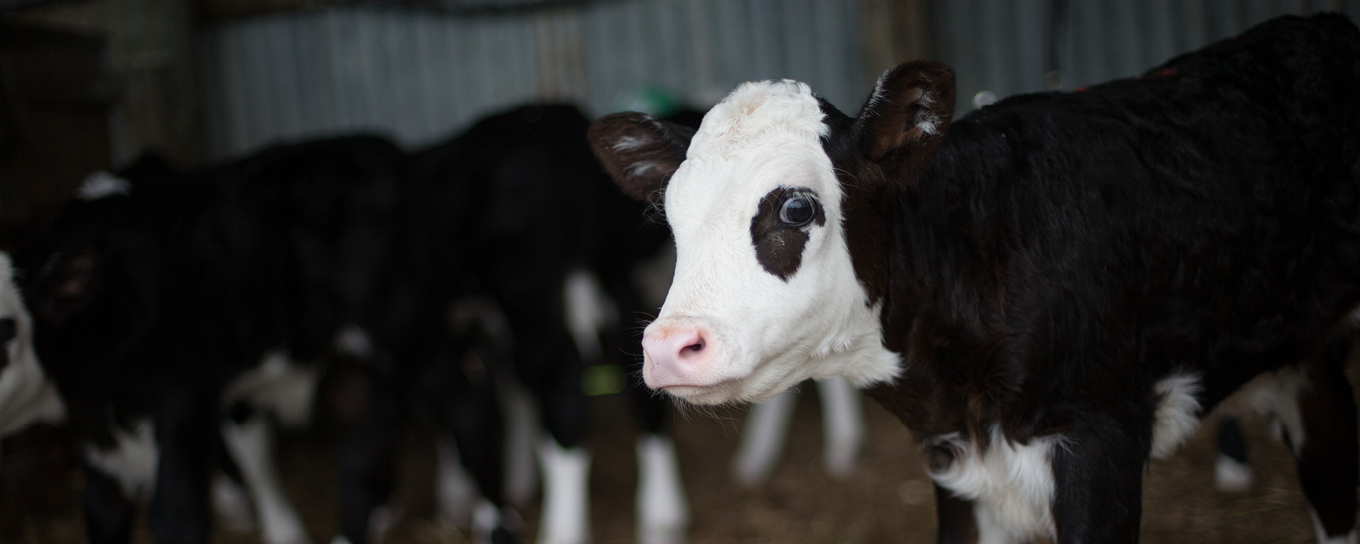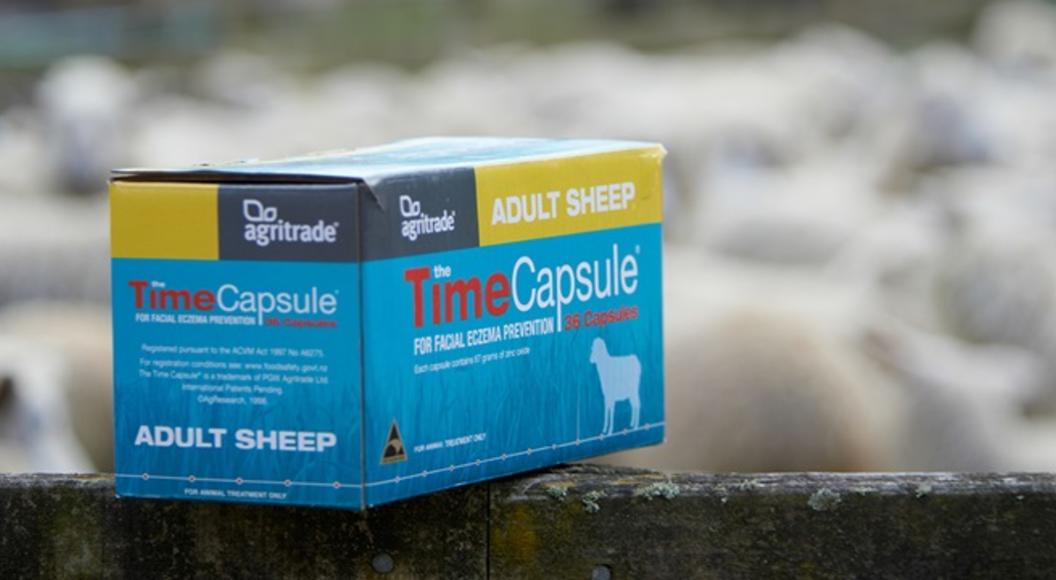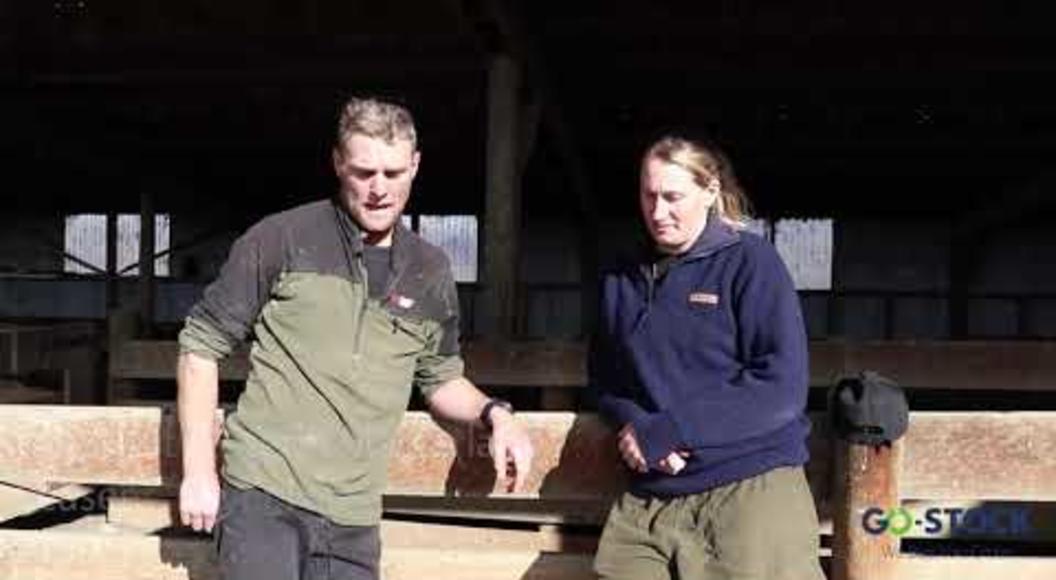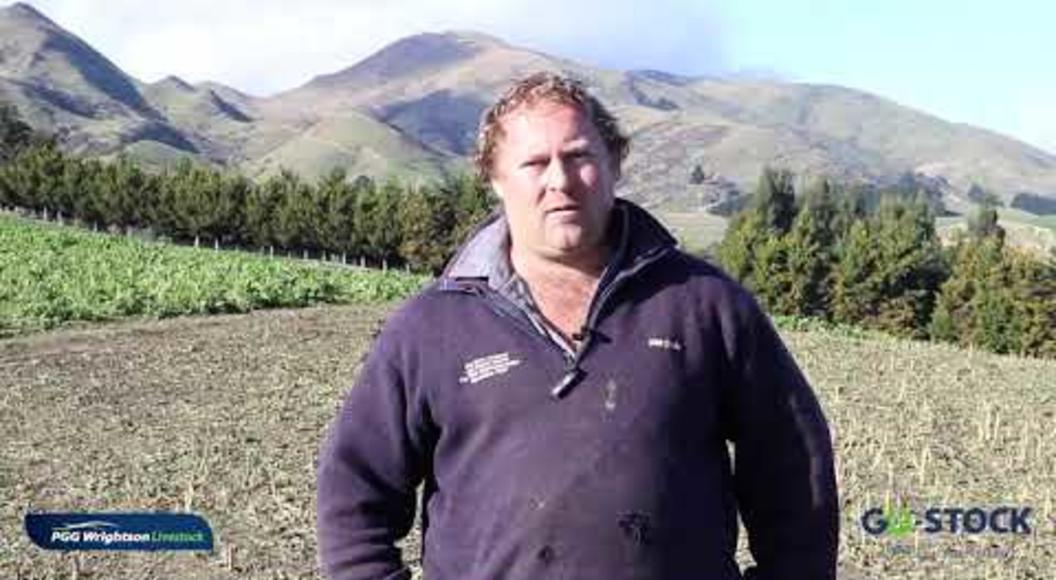
Hard feed for calves
Successful calf rearing is informed by several feeding objectives: healthy calves, optimal growth, transition to becoming a functional ruminant and successful weaning.
In this article, following on from the ‘Liquid feeding in calves’ article in Rural Diary June, the focus is around step two of the calf feeding framework with emphasis on rumen development.
As demonstrated in the calf feeding framework, all calves of all ages require free choice access to good quality, clean and palatable water. Optimal growth can be achieved by offering calves free choice access to liquid feed. The challenge is that if we continue that feeding regime, the calves will look great but when the liquid feed is removed, a slump in growth rates after weaning can occur. This defeats the objective of optimal growth.
To trigger rumen development, the microbial ecosystem in the rumen needs to be established. Rumen bacteria and protozoa grow rapidly on grain carbohydrates and produce butyrate and propionate. These volatile fatty acids stimulate rumen papillae growth as well as providing nutrients for the calf. As demonstrated in the framework, restricting liquid feed to 10 percent of Birth Body Weight (BBW) in step two encourages intake of calf starter.
The crude protein requirement for calf starter is 20 percent on a dry matter basis¹. There are products with a greater Crude Protein (CP) content which are beneficial for calves raised on accelerated weaning programmes. Work done at Poukawa² found that calves fed 16 percent grower meal or barley grain had compromised average daily gains. Check the list of ingredients for highly digestible protein sources such as soybean and/or canola meal. PKE or urea can help lift the protein content of grain, however the digestibility of PKE is poor in young calves and urea does not provide any protein directly to the animal.
Fresh calf starter should be available free choice, with troughs being cleaned out and re-filled at least once per day. Re-filling the troughs without removal of the stale feed may limit dry matter intake and growth.
Fibrous feed is also needed to build musculature, encourage blood flow to the gut, and for rumen volume expansion³. Good quality forage such as lucerne hay and/or pasture can also be introduced from approximately three to four weeks of age. Relative to their small size, pre-weaned calves have a high energy requirement. If calves consume too much pasture, the intake of calf starter may be limited and average daily gain slowed. This may extend the days to weaning off liquid feed.
A calf is ready for weaning when she is consuming 1 to 1.5 kg of 20 percent CP calf starter for three days in a row. Regardless of age or weight, a calf consuming this much starter has enough energy and protein to keep growing, even when liquid feed is removed. Good quality pasture and/or hay must also be available.
For more assistance with reviewing the starter feeding programme on your farm, contact your local PGG Wrightson Technical Field Representative.
¹ NRC, Nutrient Requirements of dairy cattle, 200.1.
² Profitable Calf Rearing Project (99PR05); P.D. Muir, 2009.
³ Kahn et al., 2011 JDS 94:1071-1081.


